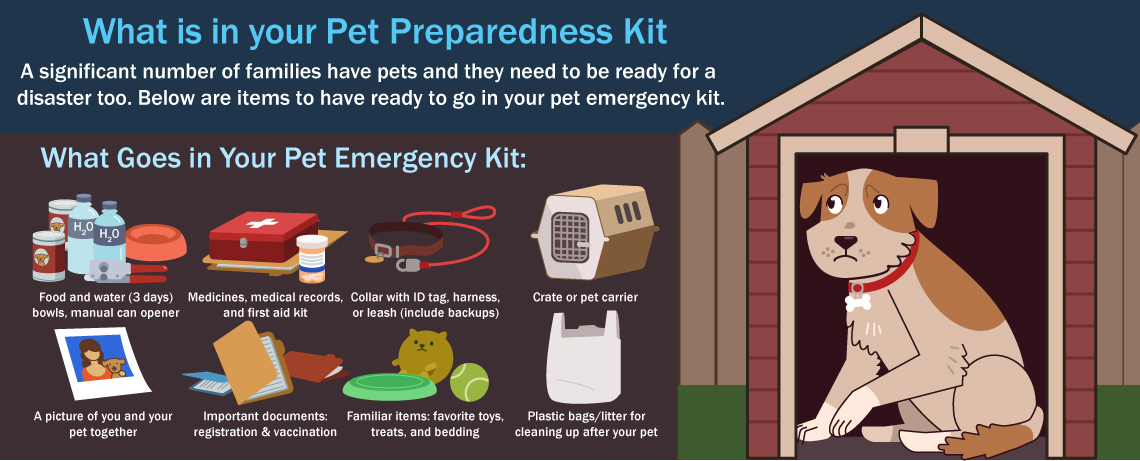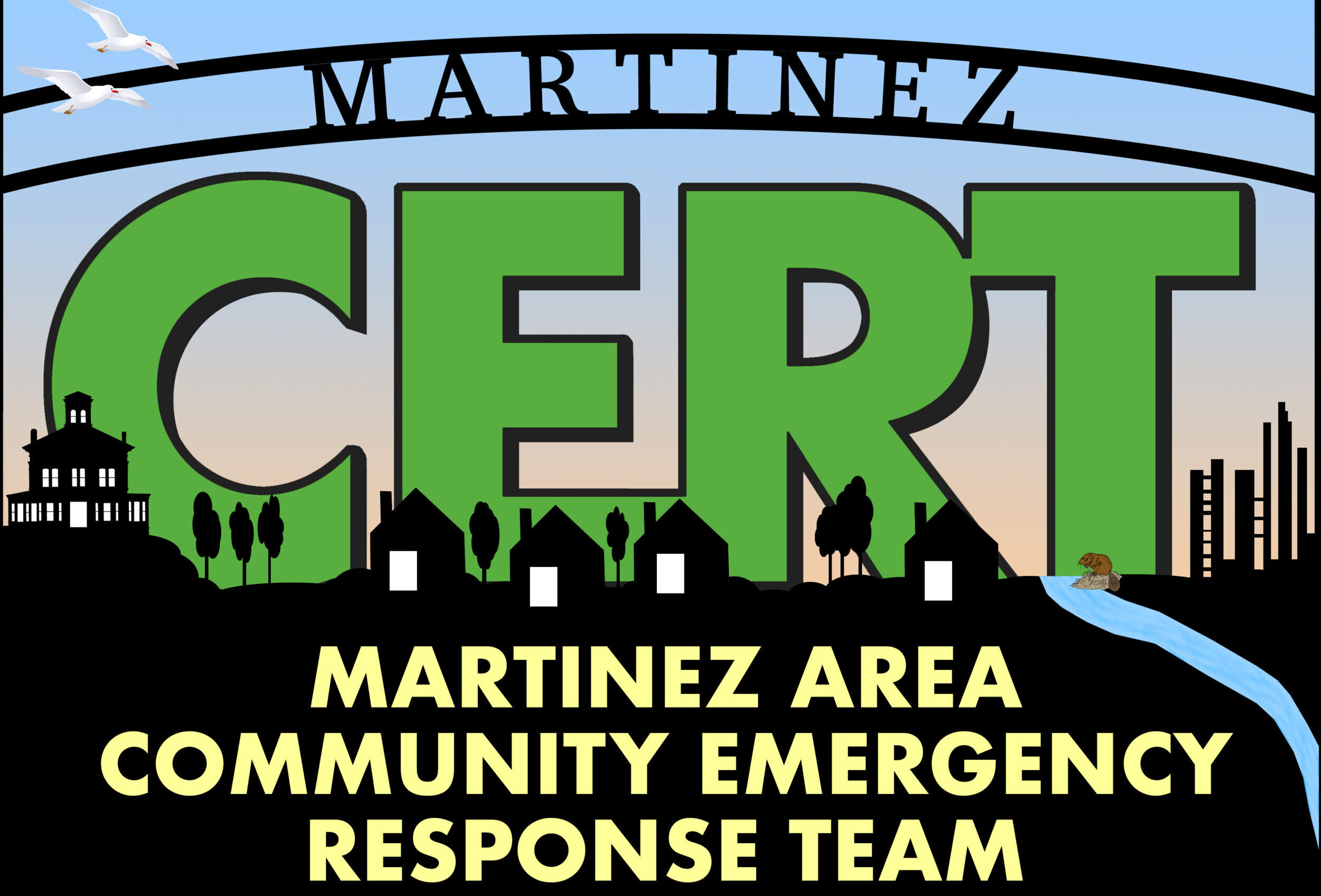El Dorado County Animal Shelter Deployment

Saturday, August 21st, 5 CCCART members were deployed to the El Dorado County Animal Shelter in Diamond Springs, just off of Hwy 50. If you are not familiar with CCCART, the acronym stands for “Contra Costa County Animal Response Team”. CCCART sponsoring agency is Contra Costa Animal Services, under Lt. Alana Weissman.
The fire incident we were responding to was the Caldor Fire, which was on a fast path to South Lake Tahoe. El Dorado County Animal Shelter was currently open only for evacuated small and domestic animals.
Our meeting location was Contra Costa Animal Services, and we departed from there at 6:30, arriving at our location about 8:20. Out of the 5 of us, there were 2 who had livestock experience, and 3 with small animal experience. We were hoping to deploy to the livestock shelter, but we were told that we were desperately needed at the small animal shelter, so we go where the need is.
At the time we were there, the shelter was a temporary home to approximately 300 cats, 100-150 dogs, 8 rabbits and a small array of birds, lizards and turtles.
The first few hours we were there, we were busy cleaning cat cages, and providing fresh food and water. The cats (being cats) appeared totally uninterested in our goal to provide them with clean cages and fresh food…sigh.
Around 11:00, my CART partner and I were asked to take a couple of bags of gear to some firefighters at the staging area that was 11 miles south of the Animal shelter at the Ace Parking lot. When we arrived, we saw this was set up as the Incident Command post, and the parking lot was jammed full of disaster vehicles, horse trailers and officers of all kinds – police, fire, animal services. We saw our own Lt. Alana there, working at one of the desks. As we were dropping off the supplies, one of the officers walked over to us. He seemed a little upset, and started talking about how he had tried to rescue some pigs the day before, and had just received word that they did not make it. We realized that he was grieving, and needed someone to listen. We listened.
Back at the shelter, a very large delivery from Amazon arrived, probably 100 or more boxes. The shelter puts out a wish list on Amazon, and it was amazing how many people had donated everything from dog & cat food, toys, leashes, towels, food bowls, etc. Our next task was to take all of the boxes into the warehouse area, open them and stack them into their categories.
Upon completion of that task, we were asked to pack the Nissan Rogue that we had traveled up in as full to the brim as we could with bags of dog, cat, goat, and chicken food and go back to the staging area. The officers were going to see if anyone or anything needed food for their animals, or they would feed any animals that may have been left behind. I have to say, we were so stuffed with 50# bags of animal food and cans of dog & cat food that we looked somewhat like a clown car – we were very afraid to take a corner too fast as we might not stay upright. When we arrived, the parking lot was almost deserted except for the Command Post. However, officers were going to return to pick up the food and distribute as needed. Upon arrival, we piled all the food on the parking lot median and headed back to the shelter, where we continued checking cages and feeding until our shift was over.
A question often asked is what happens to the animals if their humans are evacuated. If people need to leave their homes, and they have pets that they cannot keep with them where they are evacuating to, one of CCCART’s duties is to set up and staff temporary animal shelters. This can range from a small animal shelter (dogs, cats, domestic animals) to a livestock evacuation site (horses, cows, pigs, sheep, goats, chickens, ducks, llamas, alpacas, emus, peacocks, cranes). There are a number of CART groups in the area as well as CCCART {Napa CART, Sonoma CART, NVADG-Butte County, LEAP (Lake County), CARES (California Animals Response Emergency System) to name a few}.
Be sure you have made arrangements for your pets and/or livestock in case of disaster situations. They are family too!
